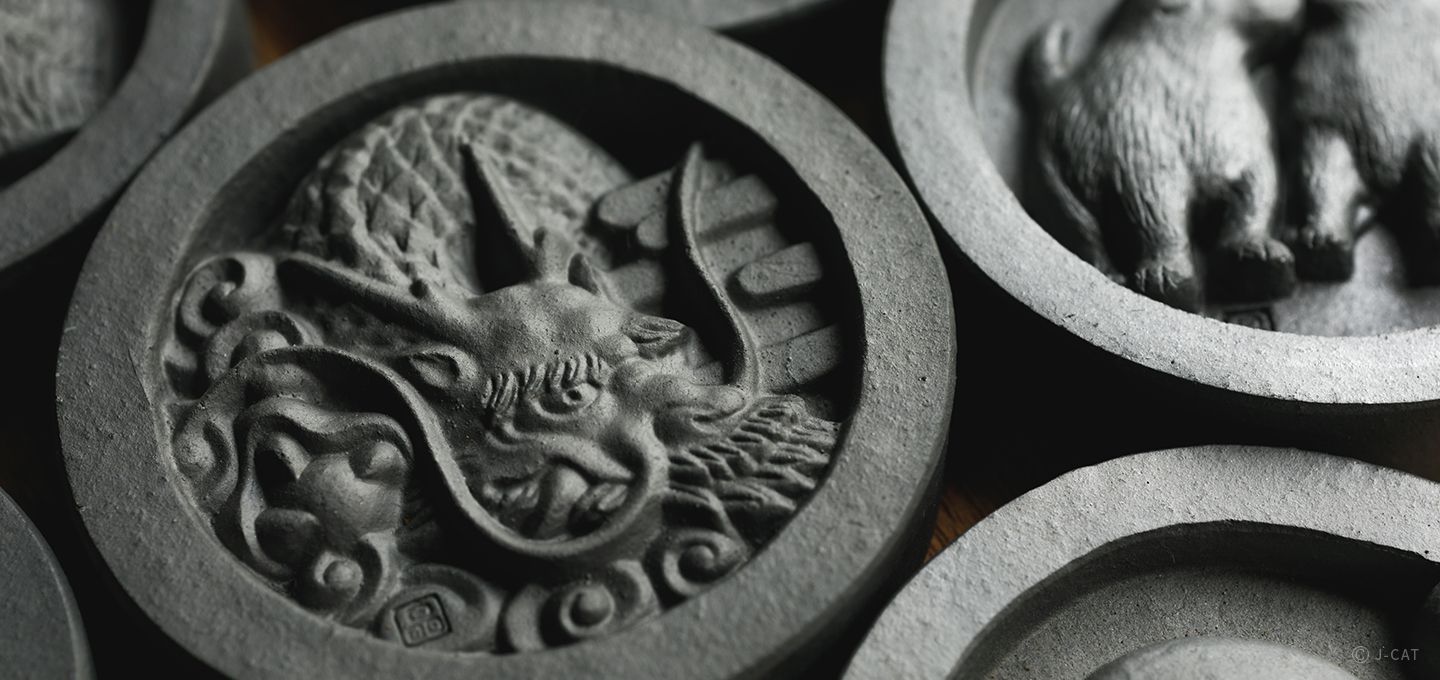
Special Experience
Kyoto
Discover the Artisanship Behind Kyoto-Style Kawara Roof Tiles on a Private Tour of Asada Kawara Factory
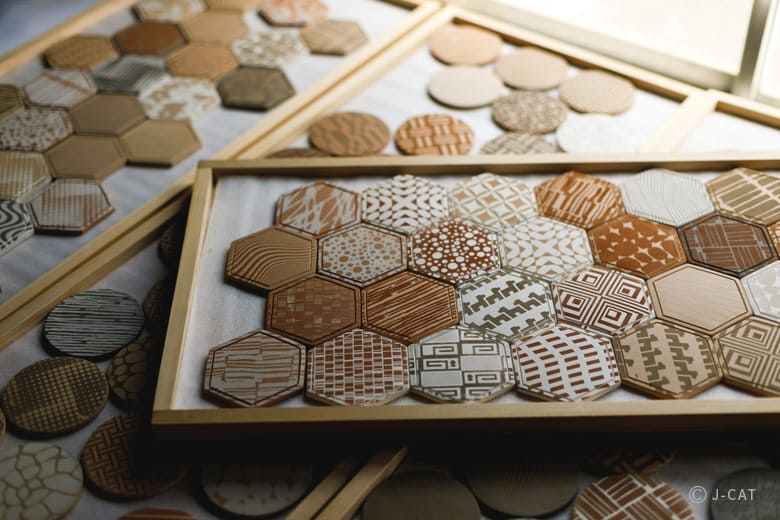
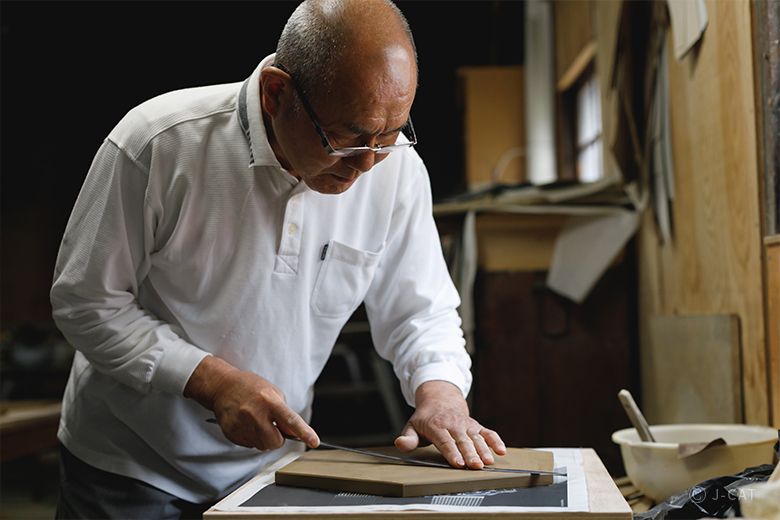
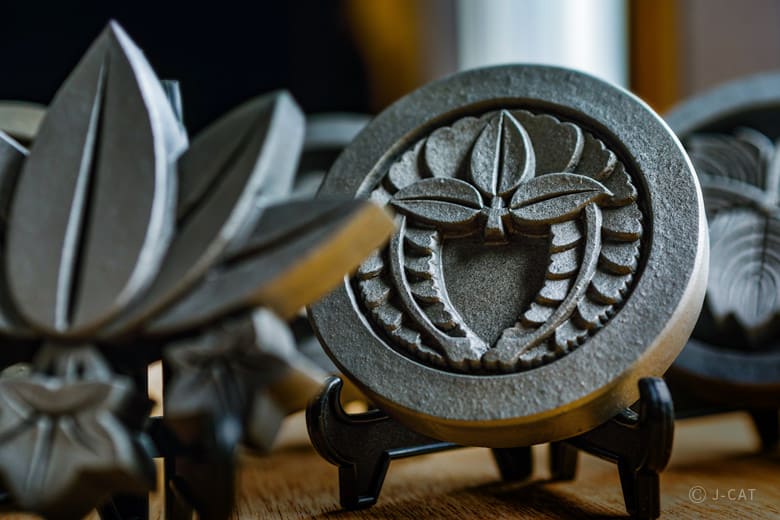
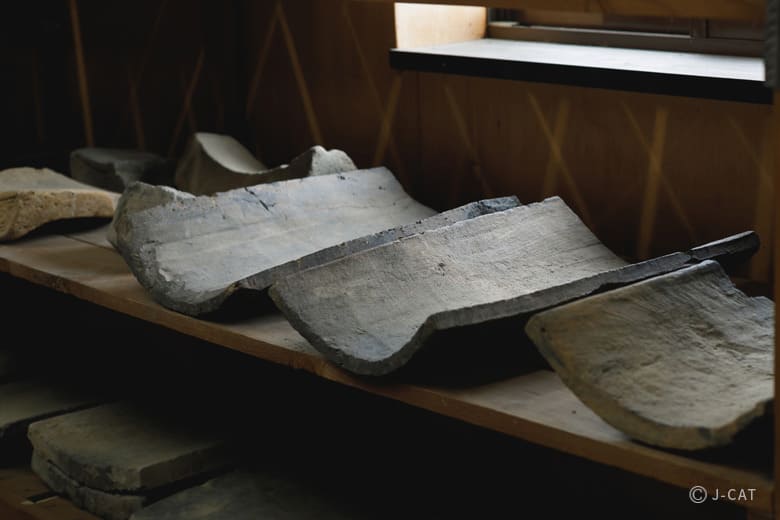
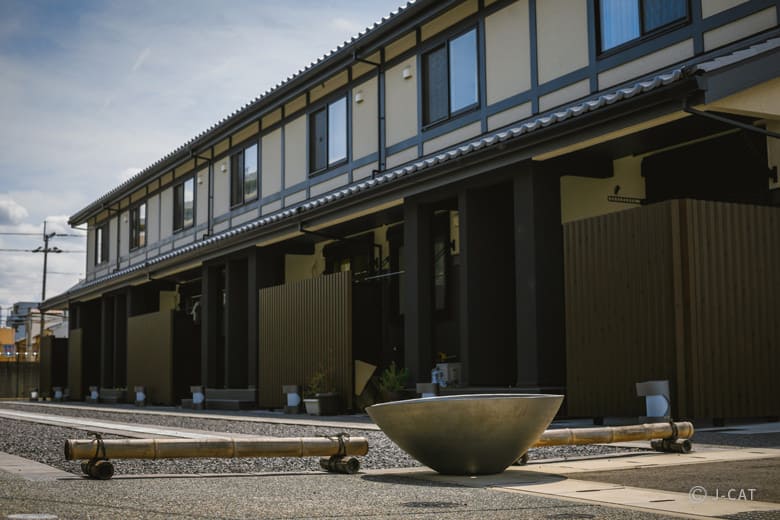
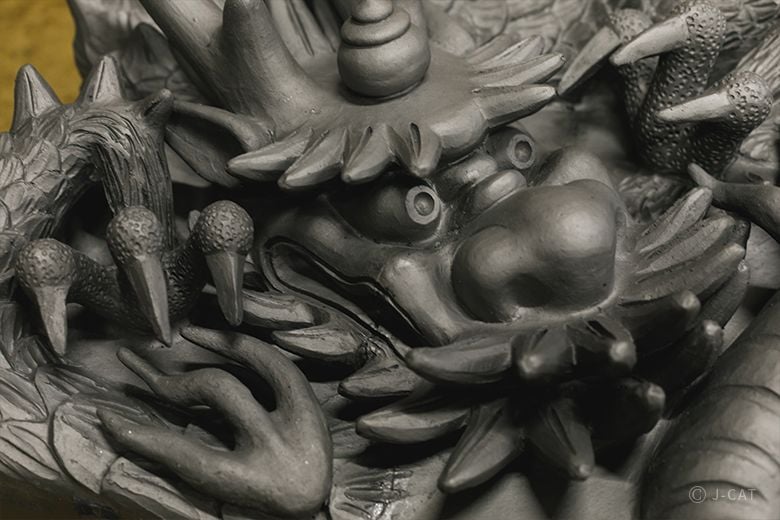
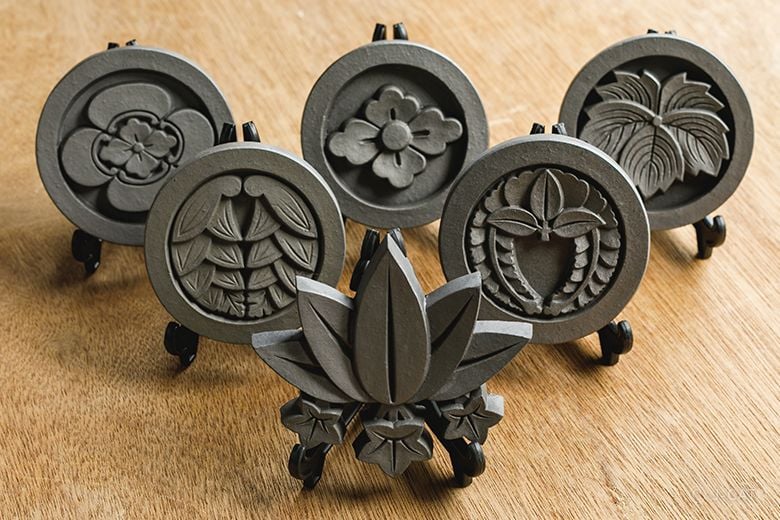
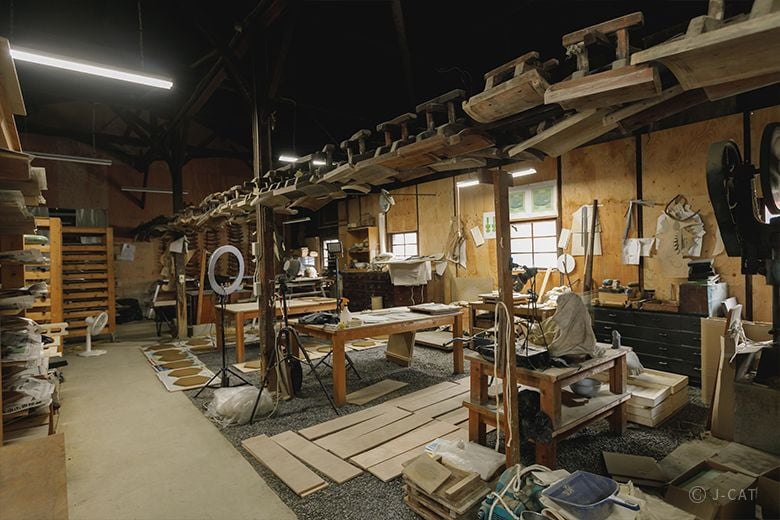
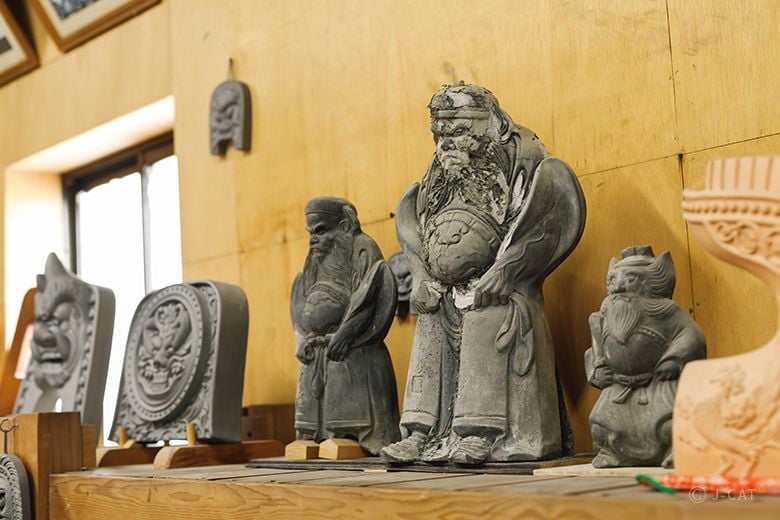
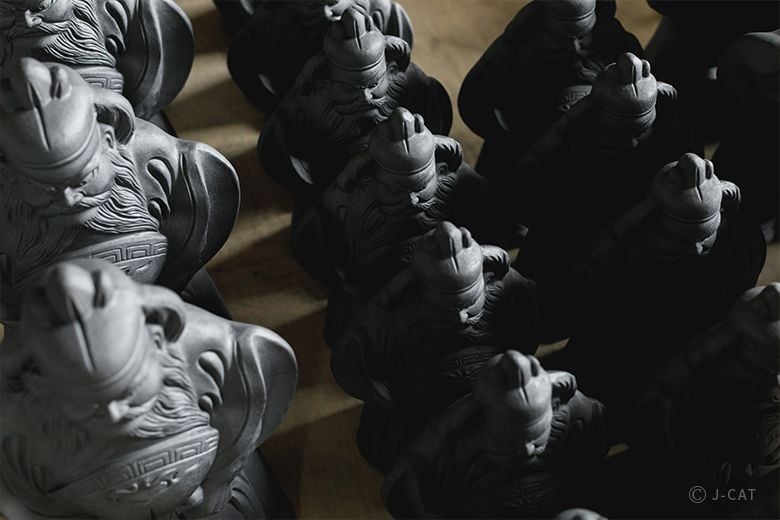
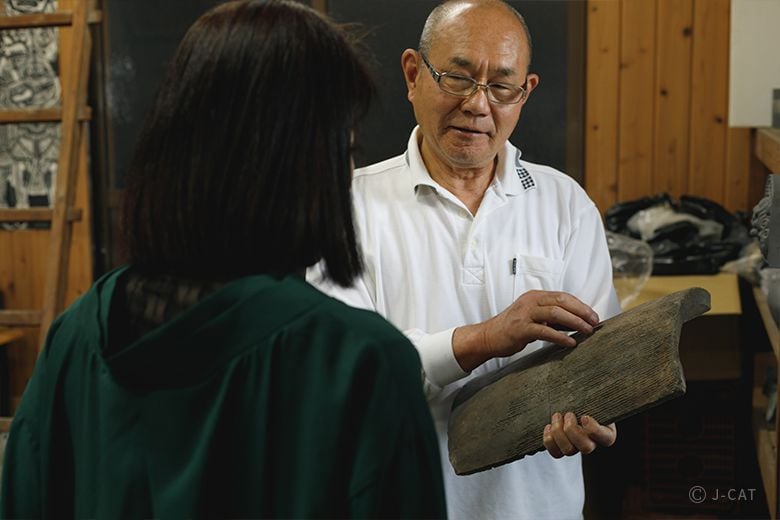
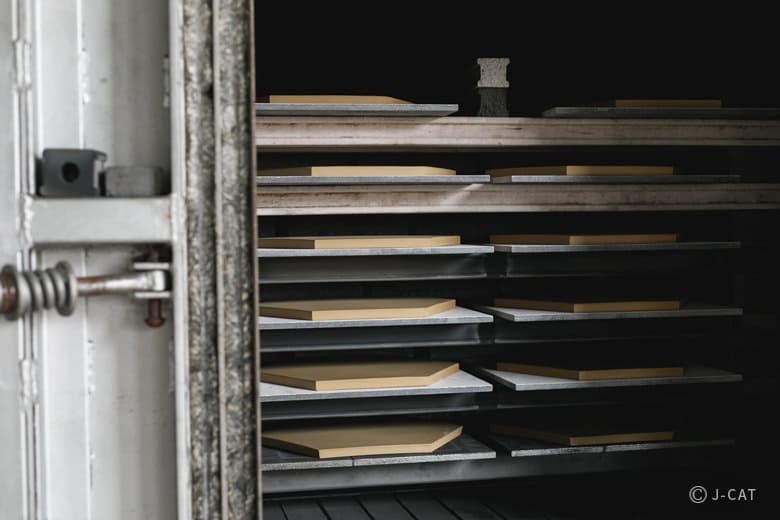
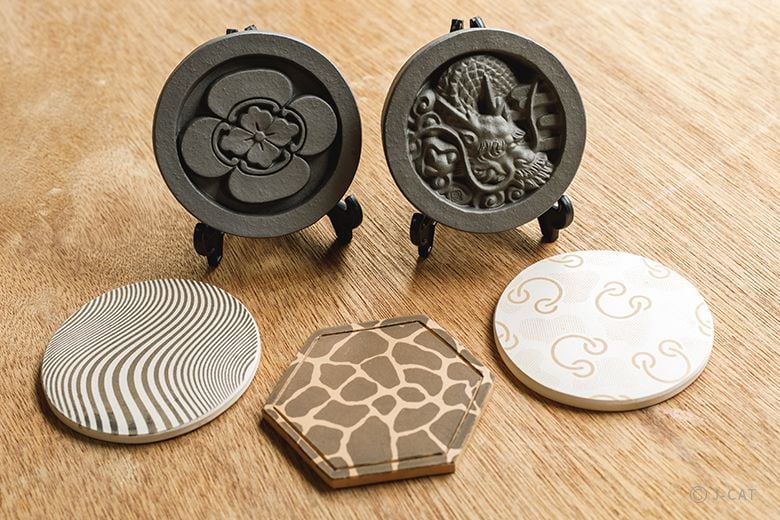













Overview
The distinctive, intricate roof tiles that adorn and protect traditional Japanese structures such as temples and teahouses are called kawara, and the process of creating them is an art form in itself. Learn how these tiles are created and take some home as souvenirs on a tour of the distinguished and long-running Asada Kawara Factory, the last kiln in Kyoto to make roof tiles by hand.
Key Features
・Learn about the long history of kawara roof tiles as you tour a reputed kiln that continues to make Kyoto-style tiles by hand
・Have award-winning artisan Mr. Masahisa Asada, the kiln's third-generation head, as your guide
・Includes a tile or tile coaster of your choice for you to take home — a variety of designs available
Kyoto
90mins
from ¥30,000 /person
1 - 8 participants
Available in English
Cancel free up to 8 days prior
Details
The Last Workshop in Kyoto to Make Kawara Tiles by Hand
Kawara are clay roof tiles used not only as decoration, but also as protection, for traditional Japanese houses and other structures such as temples and shrines.
The process to make these intricate tiles is said to have originated in ancient Greece and Rome long ago; it then reached Japan around 1,400 years ago during the Asuka period (6th–8th century), when Buddhism was brought over from China via the Korean Peninsula.

Asada Kawara Factory keeps tradition alive by continuing to make Kyo-gawara by hand
Although kawara tiles all over Japan are generally considered to be of artisanal quality, tiles made in Kyoto — called Kyo-gawara or Kyo-kawara — are particularly prized for their extraordinarily high quality and craftsmanship. What set Kyo-gawara apart from other kawara are their smooth, glossy surface and their durable, fire-resistant quality.
This silvery sheen is achieved by polishing high-quality clay with a pallet numerous times until it begins to shine, while the tiles' durability is thanks to firing at high temperatures.
Located in Kyoto’s Fushimi Ward, Asada Kawara Factory preserves the kawara-making tradition by continuing to make Kyo-gawara by hand — the last factory to do so. Among this prestigious kiln’s clientele are Nanzenji Temple, Toji Temple, Manpukuji Temple, and even the Four Seasons Hotel Kyoto.

Valuable relics: kawara from approximately 1,300 years ago
Even though the kawara-making process has become increasingly mechanized over time, Mr. Masahisa Asada, the current head and the third generation of this family-owned kiln, continues to stick to tradition. He says, “"It would be a shame if traditional, hand-made kawara-making techniques were to die with my generation. Even if there’s no one to succeed me, I want to pass down kawara-making techniques to future generations."
With this sentiment in mind, Mr. Asada holds tours of his workshop and introduces guests to the fascinating world of kawara tiles. His efforts to keep the kawara-making tradition alive have earned him an award for Distinguished Service to Traditional Industry and Technology from the city of Kyoto.

Mr. Masahisa Asada, a true artisan who continues making Kyo-gawara the traditional way
A Look into the Kawara-Making Process
Kyo-gawara are created through a detailed process of mixing, molding and shaping, polishing, and firing clay. Asada Kawara Factory does all of these itself, and you may in fact witness some of these techniques during your tour.
But before the workshop tour begins, you’ll first get a crash course in kawara through a variety of informational materials. You’ll gain knowledge about not only kawara making, but also the history of these tiles, such as how they were introduced to Japan and how even commoners used kawara for their homes during the Edo period (1603–1867).

The workshop is filled with a variety of tile-making tools
You'll also learn the mythology and superstitions surrounding some kawara designs. One interesting example is the story of Shoki-san, a figure who can be seen on rooftops across Kyoto.
Shoki-san is actually a Chinese guardian deity named Zhong Kui — a well-known figure in Daoism. He’s a demon hunter whose story dates back to Tang-dynasty China (618–907). It’s said that he appeared to a gravely ill Emperor Xuanzong (685–762) in a dream, capturing a ghost who was trying to steal the treasures of the emperor and the imperial consort Yang Guifei.
After Zhong Kui introduced himself, the emperor is said to have recovered. The demon hunter's reputation thus spread, and he became known for his power to exterminate evil spirits. Since then, his image has been displayed as an evil-warding amulet. You'll see a lot of Shoki-san statues in Asada Kawara Factory as well!

An assortment of old and new objects, including custom-made Shoki-san figures
Aside from placing Shoki-san on rooftops as a protective ornament, it has become popular to display this deity indoors as well. It looks like an increasing number of Asada Kawara Factory’s customers have been ordering custom-made Shoki-san figures holding their favorite things or work tools.

Shoki-san, a significant part of Kyoto’s streetscapes
Explore the Work Area; See Valuable Items on Exhibit
As you take a walk and look around the work area, Mr. Asada will explain how clay is processed to become the thick, sturdy, and glossy kawara tile that Kyoto is known for. Kyo-gawara get their iconic luster from being polished many times before firing.
Along with this glossy finish, another characteristic of Kyo-gawara is an oxidized silver finish called Ibushi-gin. This effect is created when carbon in butane gas adheres to the clay’s surface as it’s being fired in the kiln.

The secret to Kyo-gawara’s distinctive Ibushi-gin oxidized silver finish lies in the final firing of the clay
Displayed at the exhibition area are precious artifacts that, in a museum, you normally wouldn’t be able to examine as closely. Take an up-close look at, for instance, 1,300-year-old tiles used for the rooftop of Toshodaiji Temple’s lecture hall in Nara; you’ll see bits of cloth and rope that were used in the production process.
You’ll also learn interesting trivia such as how kawara tiles were made back then, how much they weighed, and how they were arranged on rooftops.

Instead of just explaining, Mr. Asada sometimes challenges guests in the style of a pop quiz
Kyo-gawara Coasters and Other Innovative Applications
Asada Kawara Factory may pride itself on keeping a culturally significant tradition alive, but it also keeps up with the times by finding innovative new ways to create Kyo-gawara. For example, Mr. Asada came up with charmingly designed Kyo-gawara coasters using the Kyo-yuzen silk-screen dyeing technique, another craft unique to Kyoto.
With roof tiles being water-repellent, and coasters being water-absorbent, you’d think that materials for these two items would be incompatible. But Mr. Asada explained that he was able to make water-absorbent coasters out of kawara tiles by focusing on carbon and not using diatomaceous earth. These beautiful coasters are quite practical for daily modern life; you’d have a hard time believing that they’re made out of tiles!

Believe it or not, this charming coaster is made of kawara tiles!
Take Home a Kawara; Try Making Your Own (Optional)
After the tour, you’ll receive a Kyo-gawara of your choice as a keepsake of the experience. If you want to take home a souvenir with the distinctive Ibushi-gin silver finish, we recommend choosing Kyo-gawara with Chinese animal zodiac motifs — which also serve as lucky charms — or kamon family crests.
Alternatively, if you want to take home Kyo-gawara with a stylish modern twist, go for the Kyo-gawara coasters — a testament to Mr. Asada’s knack for finding innovative new ways to keep Kyo-gawara alive.

Take home a keepsake of your choice: Kyo-gawara with kamon family crests or Chinese animal zodiac motifs, or kawara coasters
For an additional fee, you can also book a kawara-making experience to make your own Kyo-gawara with a kamon design. Choose from a family crest design of your liking, then fill in a plaster mold with clay to turn it into a kawara tile.
The process may seem difficult at first, but you’ll be under the watchful guidance of Mr. Asada, a consummate professional, so just relax and enjoy the experience. As you get the hang of things, you might even get so carried away that you lose track of time.
After removing the tile from the plaster mold, it will then be dried and fired in a kiln, so you won’t receive your kawara until two to three months after the experience, but rest assured that it will be worth the wait!

Kawara tiles with kamon family crests, which were used to indicate one’s lineage and social status
Kyogawara Inc. Asada Kawara Factory

Kyogawara Inc. Asada Kawara Factory
Asada Kawara Factory is a family-owned kiln that has been making Kyo-gawara (Kyoto-style roof tiles) by hand for three generations now. The kiln has had the distinction of creating tiles for famous Kyoto-based temples such as Nanzenji, Toji, and Manpukuji, as well as for high-profile international clients such as Four Seasons Hotel Kyoto.
Along with continuing the tradition of making kawara tiles by hand, Asada Kawara Factory constantly challenges its creativity by finding innovative new applications for the techniques that it inherited. The kiln also works with universities to pass down the art of kawara making to the next generation, as well as undertakes various efforts to ensure that kawara will continue to remain relevant in the future.
Customer's Voice
Pressing the clay into the mold that we chose ourselves and learning about the history of how tiles were traditionally made and the effort that went into making them were memorable. Artisans seem more respected here. The work of maintaining old structures is revered in some ways which is not something that I see back home. More like a conversation and education, less like a hokey tourist’s experience.
C.W. United States
The whole experience was great. The team at Wabunka were very helpful and persistent in helping to arrange the experience as it took some time to confirm due to various circumstances, but the team kept me informed the whole time. Our interpreter was excellent. Her English was excellent and she was very careful to pass on our questions and to translate back our answers. I studied ceramics a long time ago and have been fascinated by Japanese rooves for a long time so it was a perfect experience for me! It reinforced my view of a culture full of exert craftsmen that is sadly dying out in this modern world and as a result of an aging population. However the work produced, the skill, and the knowledge was all still evident. If you have any interest in traditional Japanese crafts, go and visit this factory while it is still operating. It is part of it world that is fading and the history and techniques are fascinating.
G.M. United Kingdom
Location
Kyogawara Inc. Asada Kawara Factory
Fushimi Ward, Kyoto
Request for booking
Select first preferred date (JST)
January 2026
Sun
Mon
Tue
Wed
Thu
Fri
Sat

Instant Booking

Request Booking

17
Full

17
Unavailable
Kyoto
90mins
from ¥30,000 /person
1 - 8 participants
Available in English
Cancel free up to 8 days prior
Things to know
Contact Us
If you have any questions, please contact us using the form below.
We also accept bookings from corporate clients and travel agencies.